
Neuropsychiatric Symptoms in COVID-19 Adolescents: Central Nervous System Autoimmunity and Viral Infection
Central nervous system autoimmunity is implicated in pediatric patients with recent COVID-19 infection and neuropsychiatric symptoms, highlighting the potential neurological complications of SARS-CoV-2 infection in adolescents.
June 2022
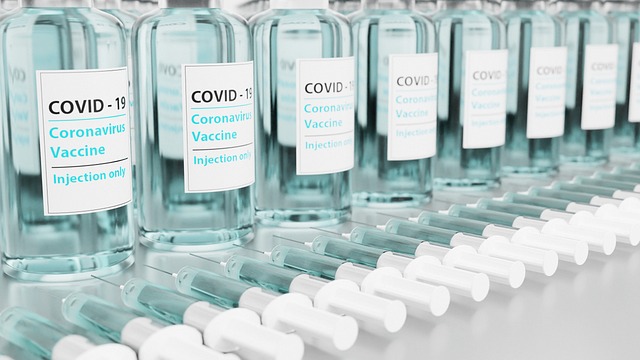
COVID-19 and Myocardial Infarction Mortality: Impact of Viral Infection on Cardiac Health
Association between COVID-19 diagnosis and in-hospital mortality in patients with ST-segment elevation myocardial infarction highlights the impact of viral infection on cardiovascular outcomes and the need for integrated management strategies.
May 2022
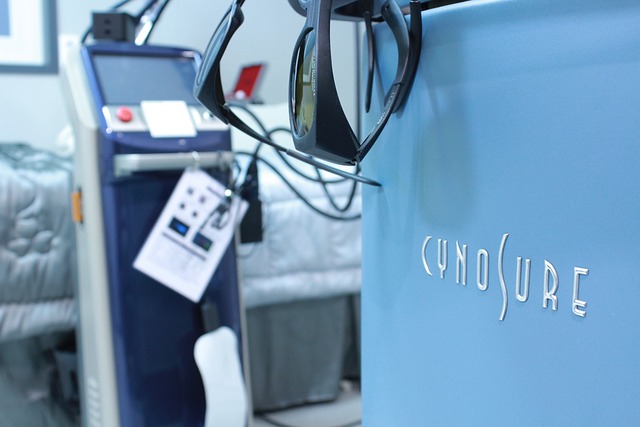
Rosacea: Understanding the Essentials
Rosacea is a chronic inflammatory skin disease primarily affecting the central face, characterized by persistent facial erythema, papules, pustules, telangiectasias, and recurrent flushing episodes, necessitating comprehensive management strategies for optimal disease control.
May 2022

True Short Esophagus in Gastroesophageal Reflux Disease: Frequency and Long-Term Outcomes
Frequency of true short esophagus and long-term outcomes in patients undergoing surgery for gastroesophageal reflux disease or hiatal hernia are explored, providing insights into surgical outcomes and postoperative management strategies.
April 2022

Risk of Acute Myocardial Infarction and Stroke after COVID-19: Insights from Epidemiological Studies
Self-controlled case series and matched cohort study assesses the risk of acute myocardial infarction and stroke after COVID-19 infection, providing valuable insights into the cardiovascular complications of SARS-CoV-2 infection.
April 2022
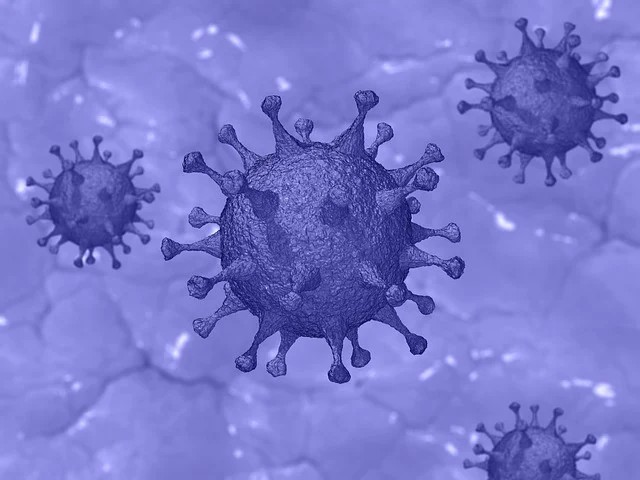
Long-Term Choroidal Changes after COVID-19 Infection: Insights from Ocular Imaging Studies
Significant reduction in choroidal thickness is observed within weeks after COVID-19 infection, suggesting potential ocular manifestations of the disease and the need for long-term monitoring of ocular health in recovered patients.
March 2022
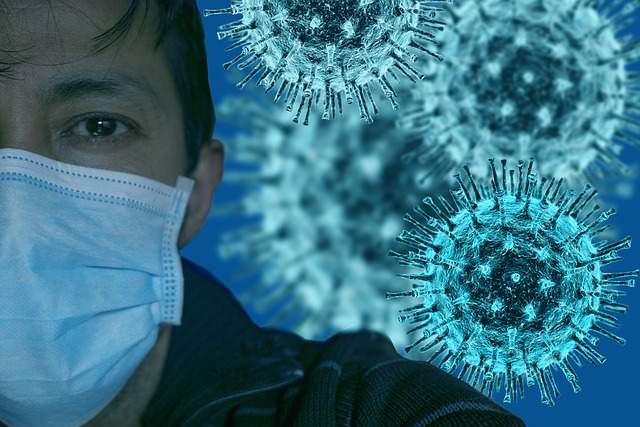
Impact of COVID-19 on Neonates and Mothers: Addressing Perinatal SARS-CoV-2 Infection
Perinatal SARS-CoV-2 infection poses risks to neonates and mothers, highlighting the importance of early detection, preventive measures, and supportive care to optimize maternal and neonatal outcomes during the COVID-19 pandemic.
March 2022

Treatment of Chlamydia and Gonorrhea: Addressing High Incidence Rates in Young People
High rates of Chlamydia trachomatis infection are recorded in young people, underscoring the need for targeted interventions and comprehensive sexual health education to reduce the incidence and transmission of sexually transmitted infections in this population.
March 2022
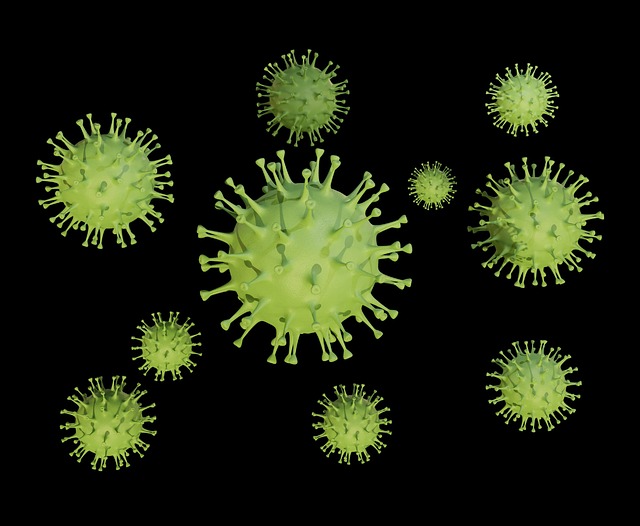
Early Use of Nitazoxanide in Mild COVID-19 Disease: Safety and Efficacy Findings
Early use of nitazoxanide in mild COVID-19 disease is safe and significantly reduces viral load, suggesting a potential role for this antiparasitic agent in the treatment of SARS-CoV-2 infection, pending further clinical trials to confirm efficacy.
March 2022

Mechanisms of Olfactory Dysfunction in COVID-19: Insights from Olfactory Support Cell Vulnerability
Olfactory support cells, rather than neurons, are vulnerable to infection by SARS-CoV-2, contributing to olfactory dysfunction in COVID-19 patients and highlighting potential targets for therapeutic interventions.
March 2022















